WoW Woman in FashionTech | Anouk Wipprecht, designer, engineer and innovator
Interview by MarijaButkovic
Anouk Wipprecht is a Dutch FashionTech Designer, Engineer, and Innovator living in Miami. She is working in the field of wearable robotics with a focus on behavioral aspects of the interactions of body-based electronic design. She wants her garments to facilitate and augment the interactions we have with ourselves and our surroundings. Her Spider Dress is a perfect example of this aesthetic, where sensors and moveable arms on the dress help to create a more defined boundary of personal space while employing a fierce style. Partnering up with companies such as Intel, AutoDesk, Google, Arduino, Microsoft, Samsung, Adobe, Adidas, Cirque Du Soleil, Audi, Disney, Swarovski, and 3D printing company Shapeways she researches how our future would look as we continue to embed technology into what we wear, and more importantly – how this will change our perspective on how we will interface with technology.
Anouk, tell us a bit more about you and your projects so far.
I am a Dutch FashionTech Designer, currently living in Miami (with my studio). I am working in the field of wearable robotics with a focus on behavioral aspects of the interactions of body-based electronic design. Partnering up with fashion, tech, software, hardware, consumer electronics, automotive and experience brands, and companies. I have been doing so for about 15+ years, and my research has grown from beta-testing new technologies and embedding them, to R&D and creating my own robotic-based designs.
Has it been an easy industry to get into or have you had many challenges?
There was not much of a FashionTech industry at the beginning of 2000, there were only a few of us and we were all trying to figure out how to create our ideas using huge computers and complex computer languages, on very slow internet speed so we had to make a lot of compromises. Now electronics are smaller and more easily to be integrated, programming languages simplified and we can find whatever we want on the world wide web at a tremendous speed. But we definitely paved our ways using clumsy big and heavy shovels.
How long did it take you to be where you are now? What was the biggest obstacle?
I think I had a lot of 'way out there' ideas of futures with electronic textiles, and intelligent garments that people had a hard time understanding what I meant, so I started to build those designs and document them, and also publish on the internet and stuff. This gained at one point a lot of interest because the designs were integrated with electronics and really doing their thing. I think I started to understand how I could visualize these concepts into mockups, prototypes, and finally - full-blown electronic and robotic designs. At one-point time caught up with me around 2007 and I got a lot of emails if I wanted to collaborate on things with them. What I learned from that is that sometimes just 'telling' your ideas is not enough: but - in my case - actually building the ideas out into physical pieces made people understand these ideas.
What are the projects you are currently working on?
I just released a collaboration with a NeuroTechnology company (g.tec) and university (JKU) - a 1024 channel BCI (Brain-Computer Interface) connected to a robotic dress with 64 actuators that correspond to the 1024 channel EEG recordings as an input-output situation: in where the dress data visualize the signals that are recorded from the brain. So the dress shows if you are in a meditative, neutral, or more 'hectic' mental state is. It is called Pangolin Scales Dress + BCI. Our 1024 channel BCI is very important in the Neurotechnology field as the resolution impacts how we can research the brain, which currently often happens in hospitals using 64 channels.
Next week another project gets released that I did with the game company Ubisoft: a project with a real-life character with a below-the-elbow amputee that I created a prosthetic arm for. Creating prosthetics is interesting. I collaborate a lot with Bionic Pop Artist Viktoria Modesta on leg prosthetics, and there is something great about engineering on a prosthetic leg or arm and creating new possibilities of what it can do besides only functioning as a limb. In one of Viktoria her legs for a Rolls Royce project we put a tiny tesla coil that made a bit of a 'Jacob's ladder (visual) effect' in the void space that we created within her leg, with a beautiful electric arc 'hissing its way up between the activated wire points. This is definitely a more extreme project, but there are different clients that have different requests, and I love to turn those challenges into working designs. That is my engineer's mind that is getting triggered to solving the little 'riddles'.
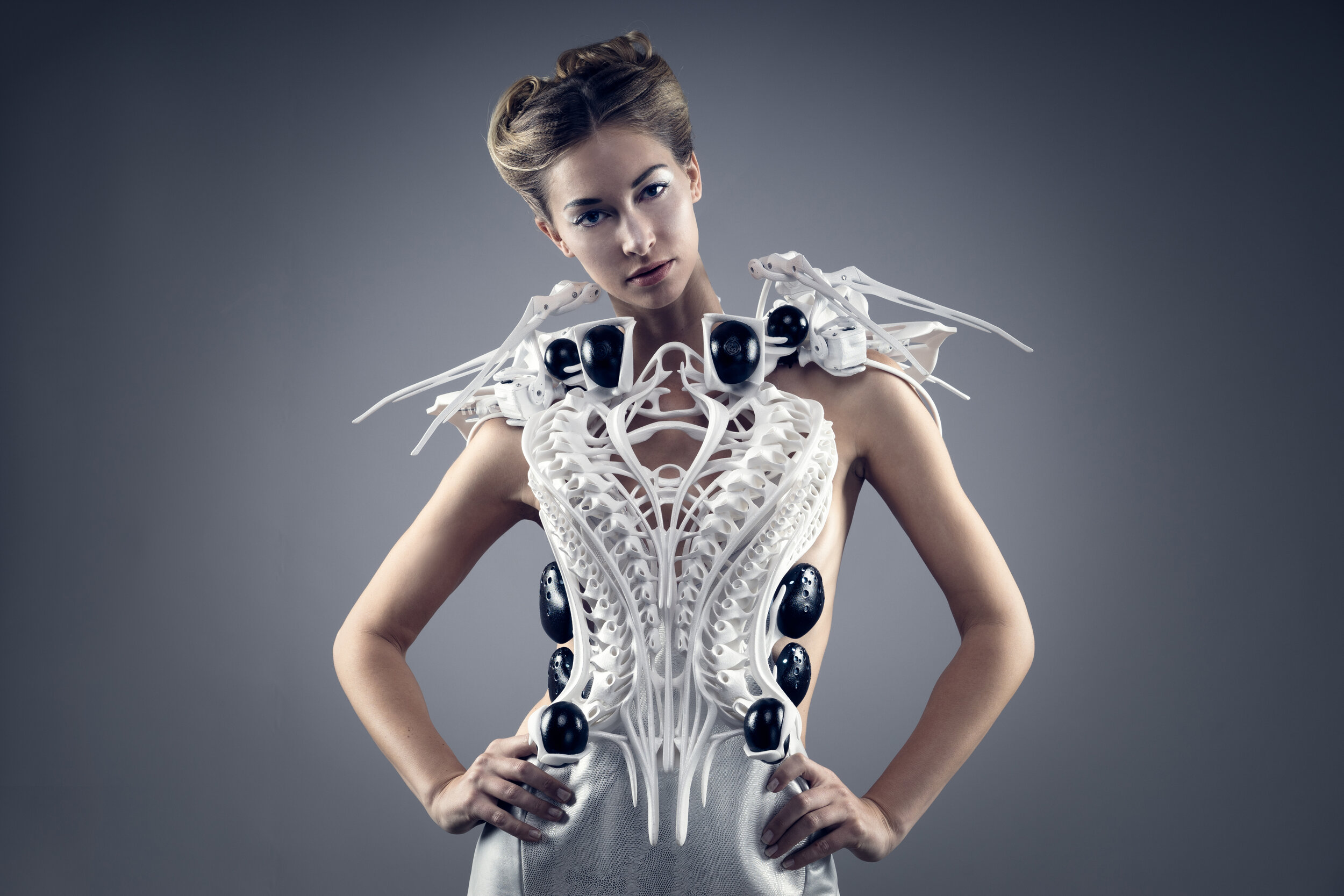
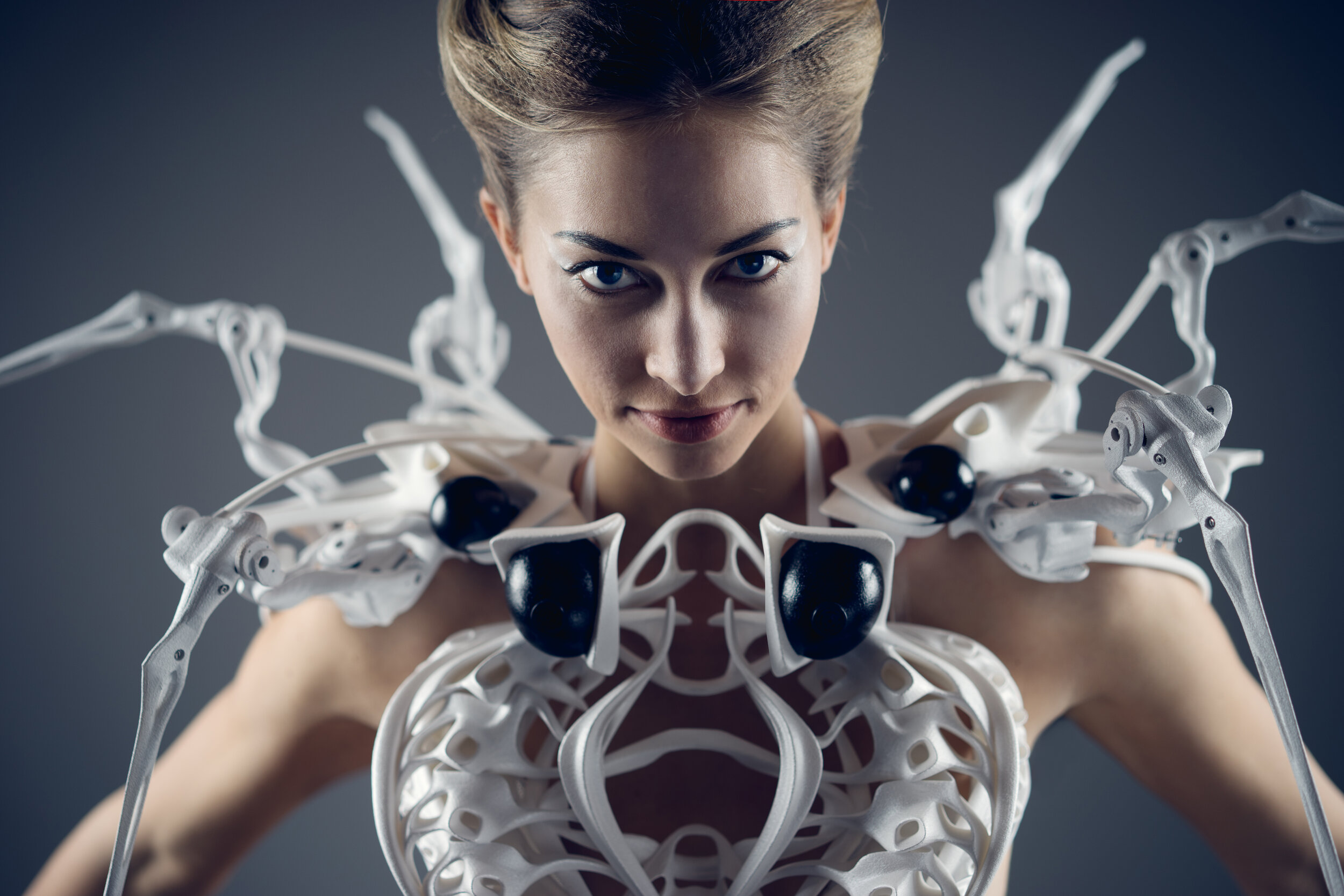
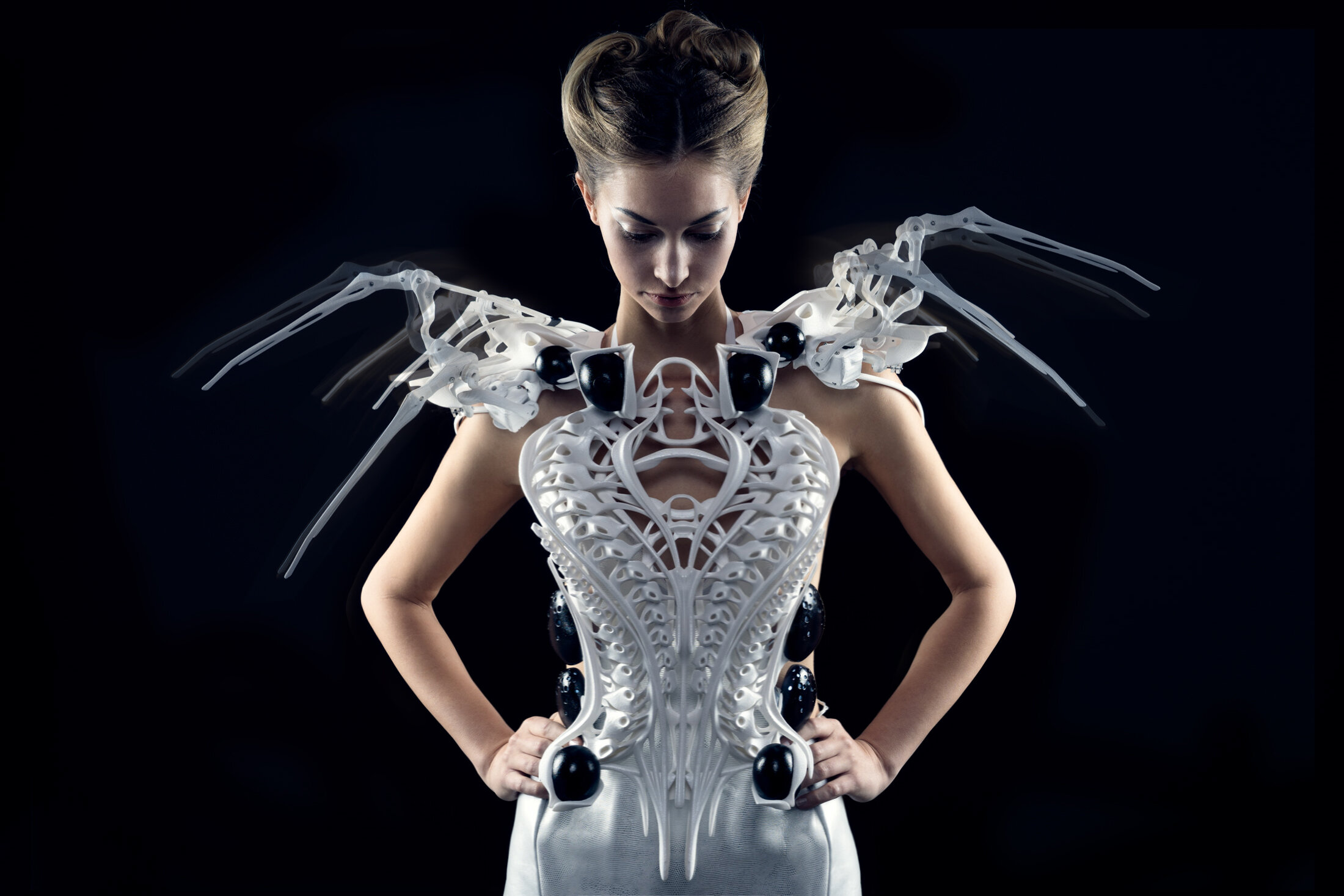
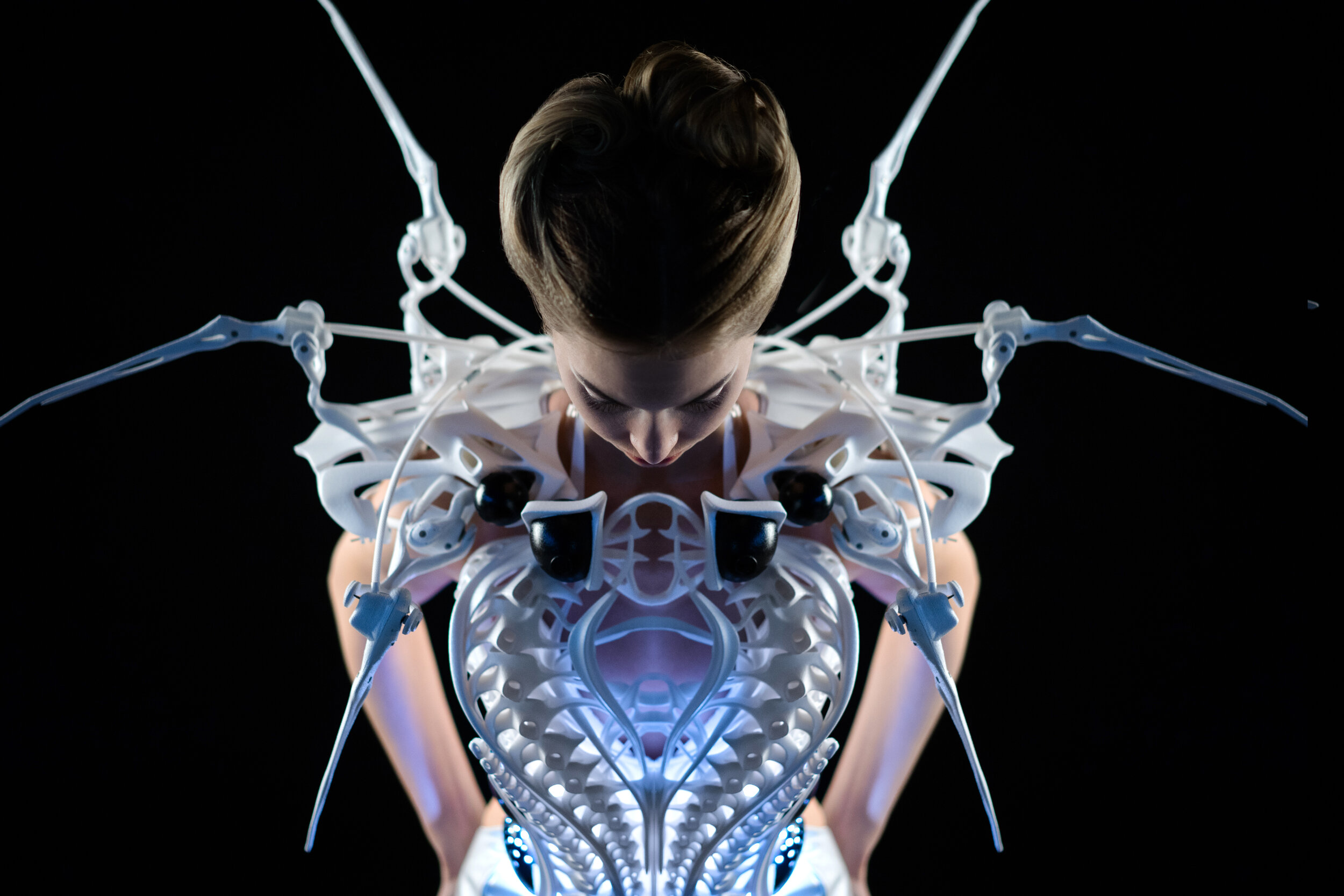
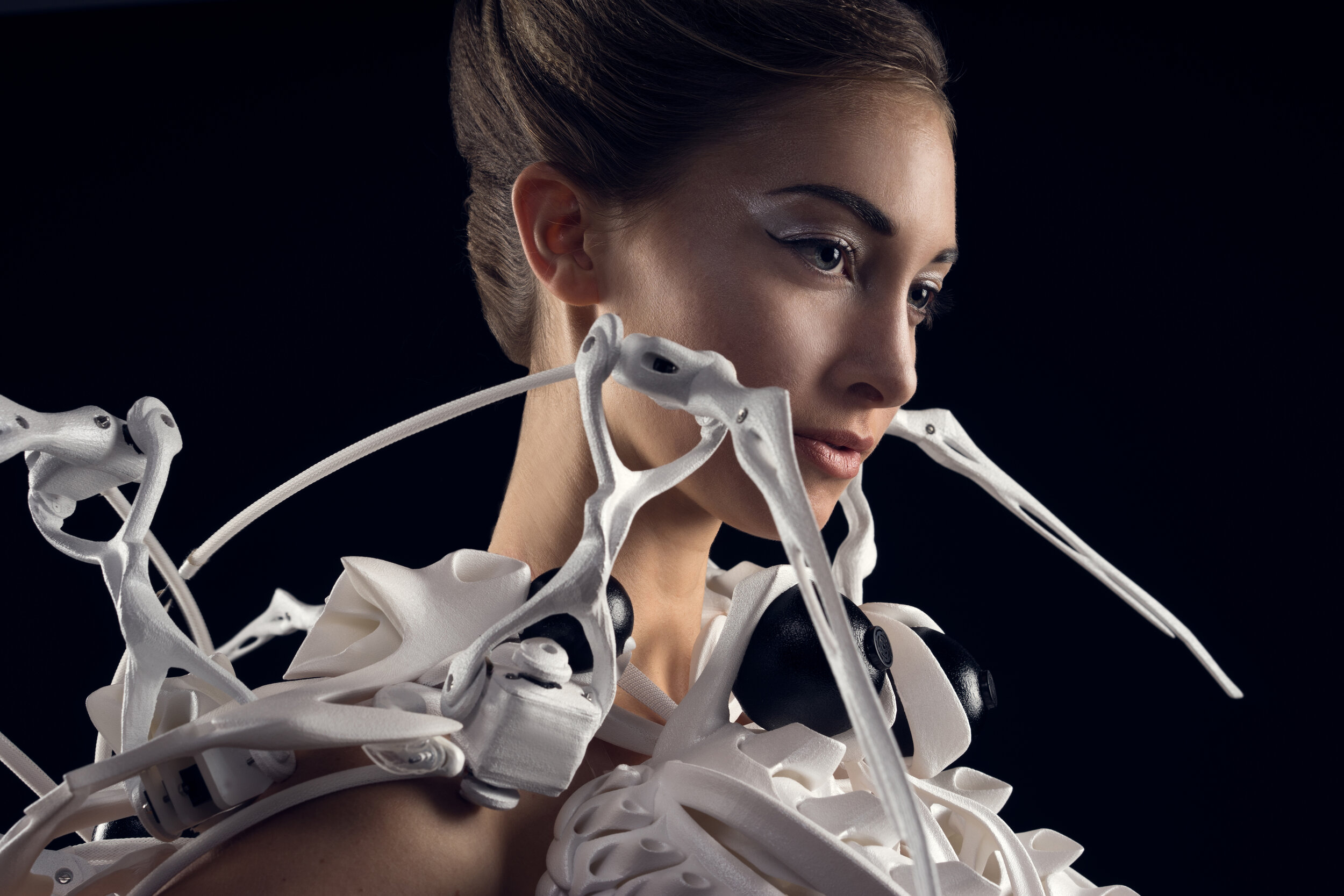
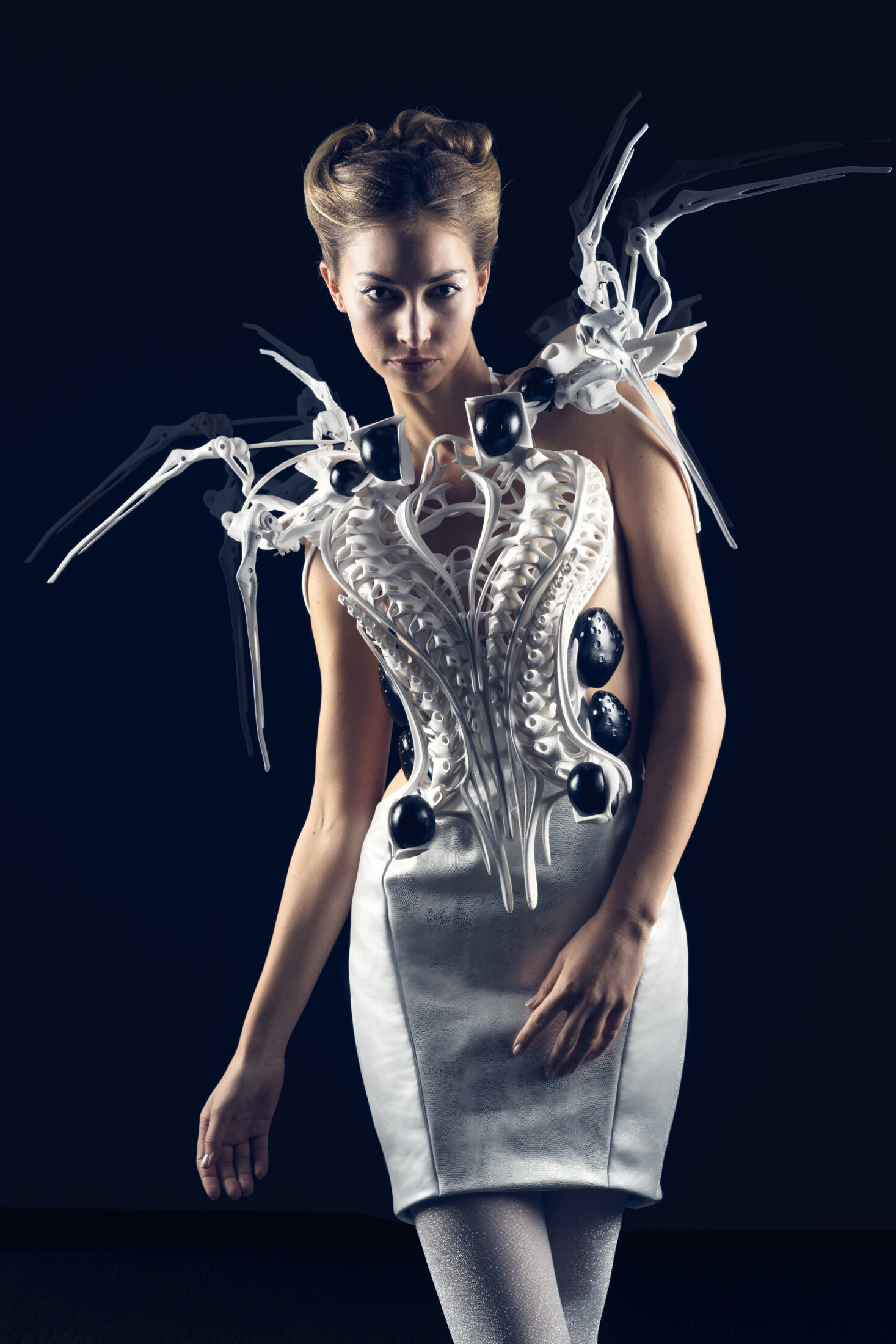
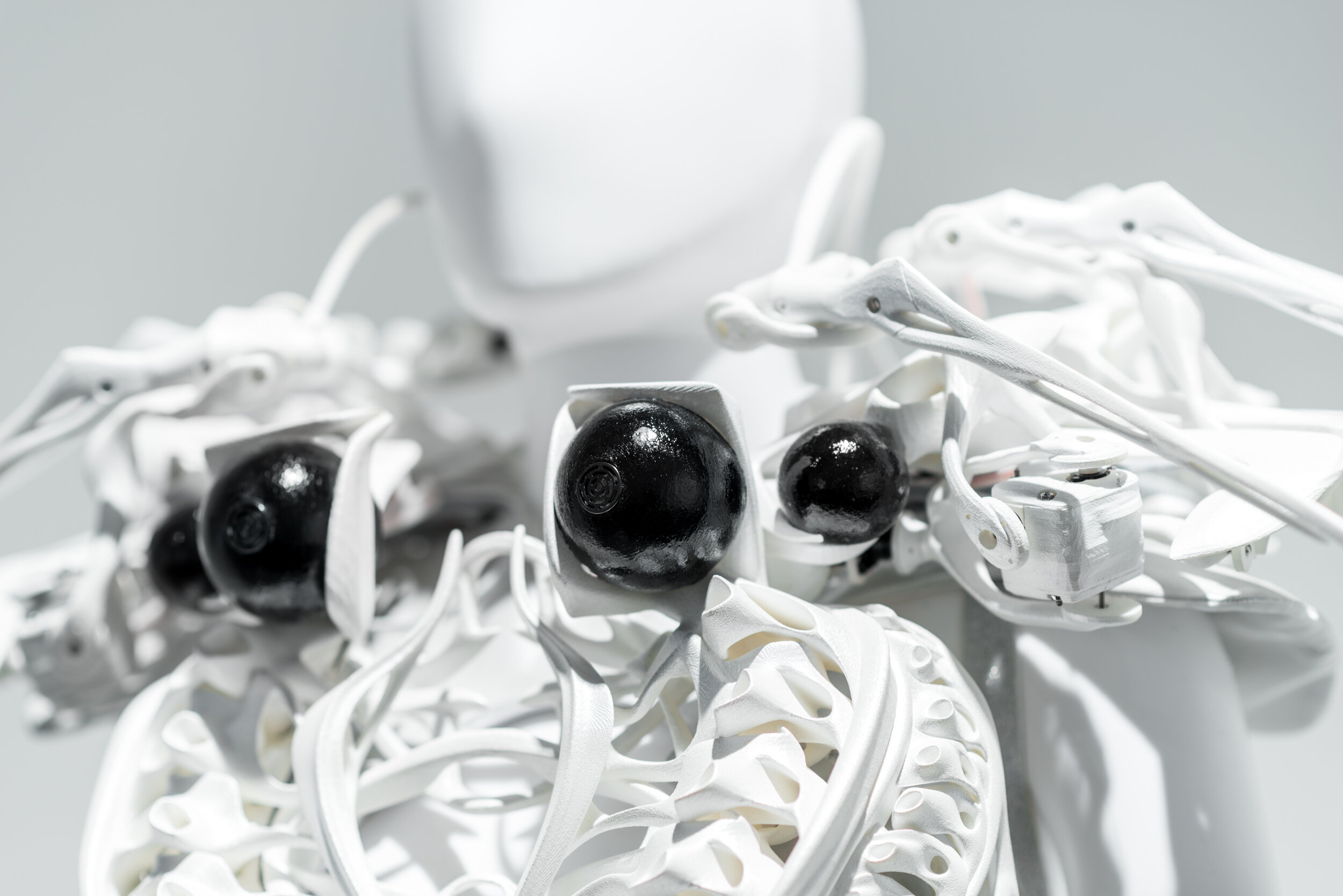
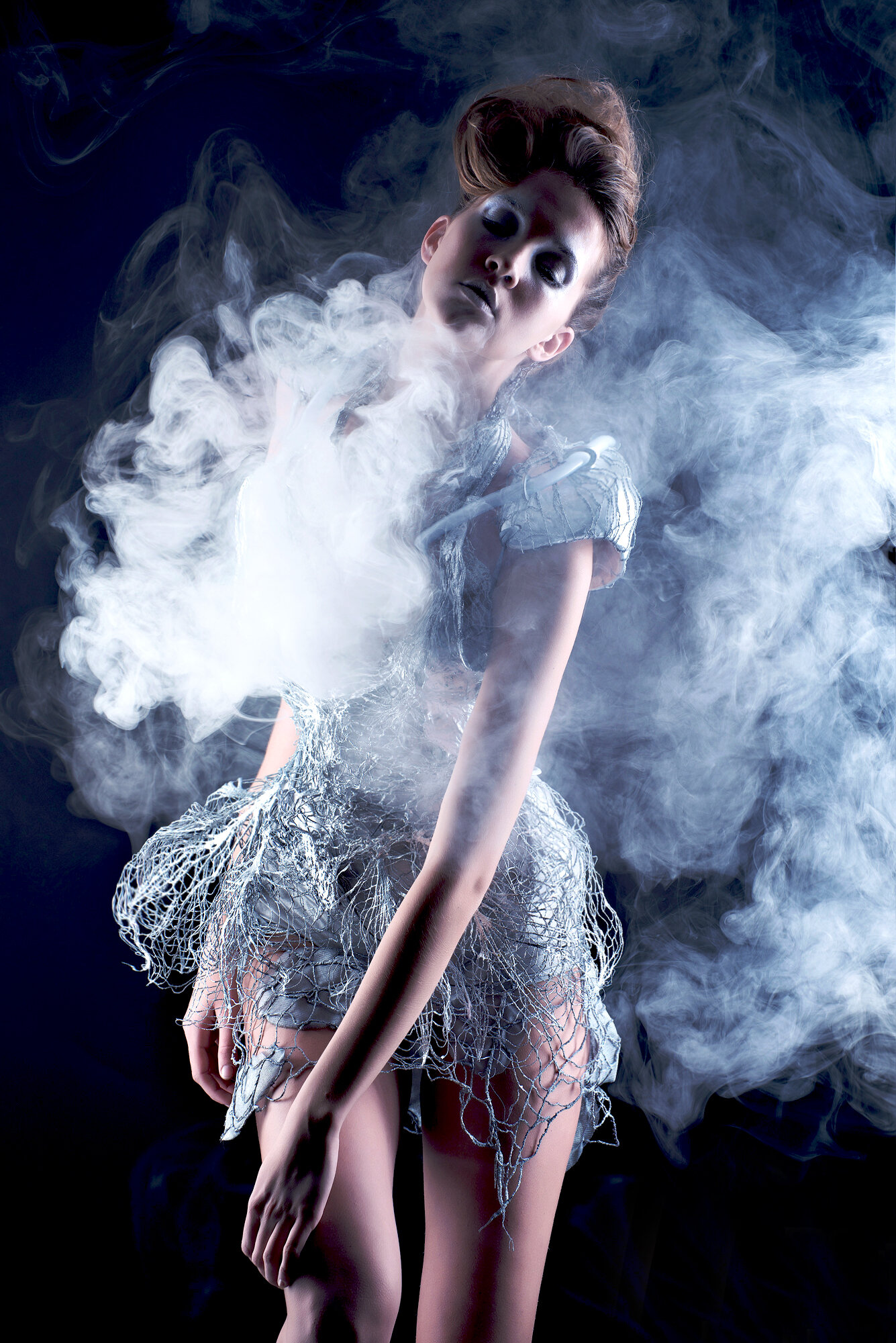
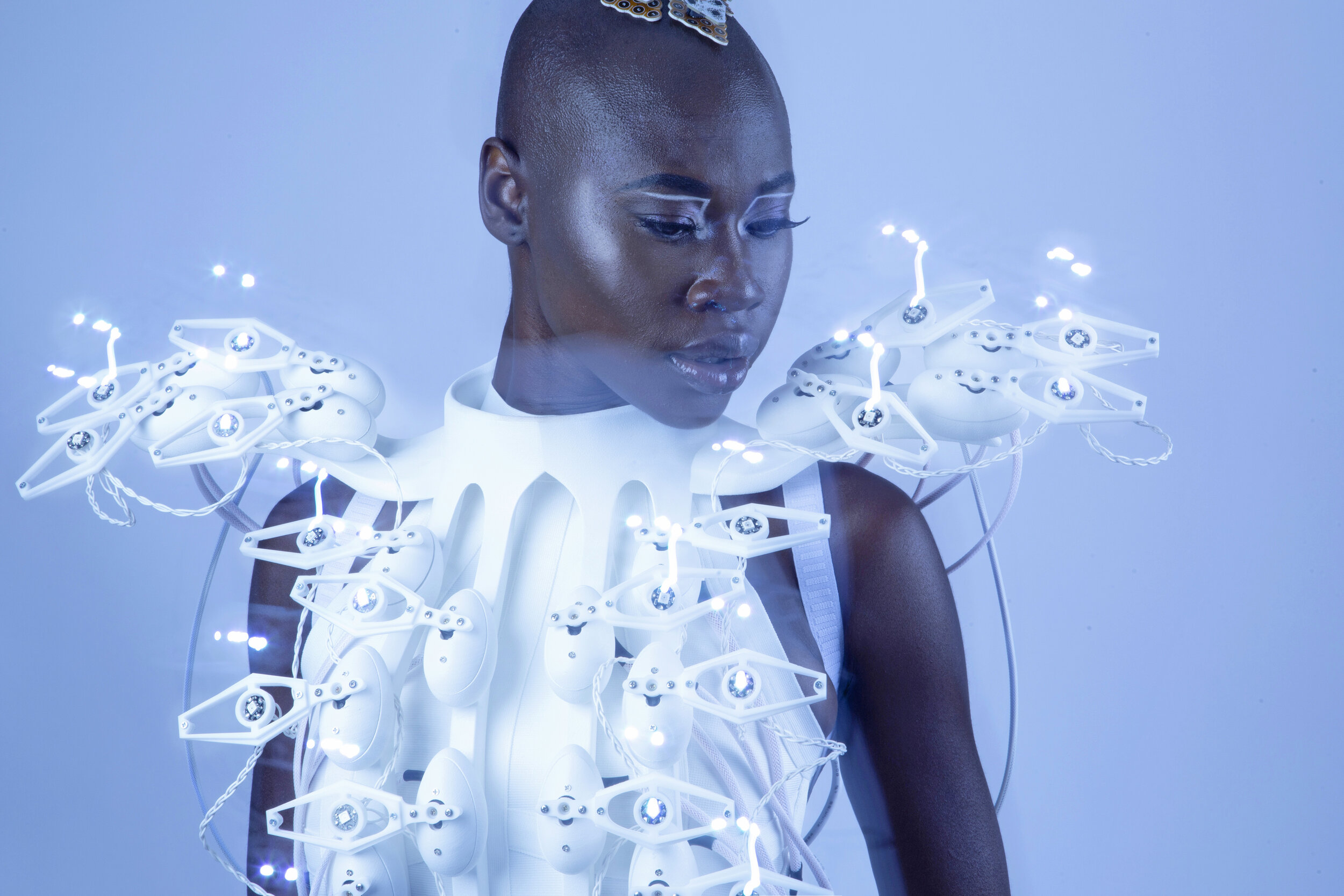
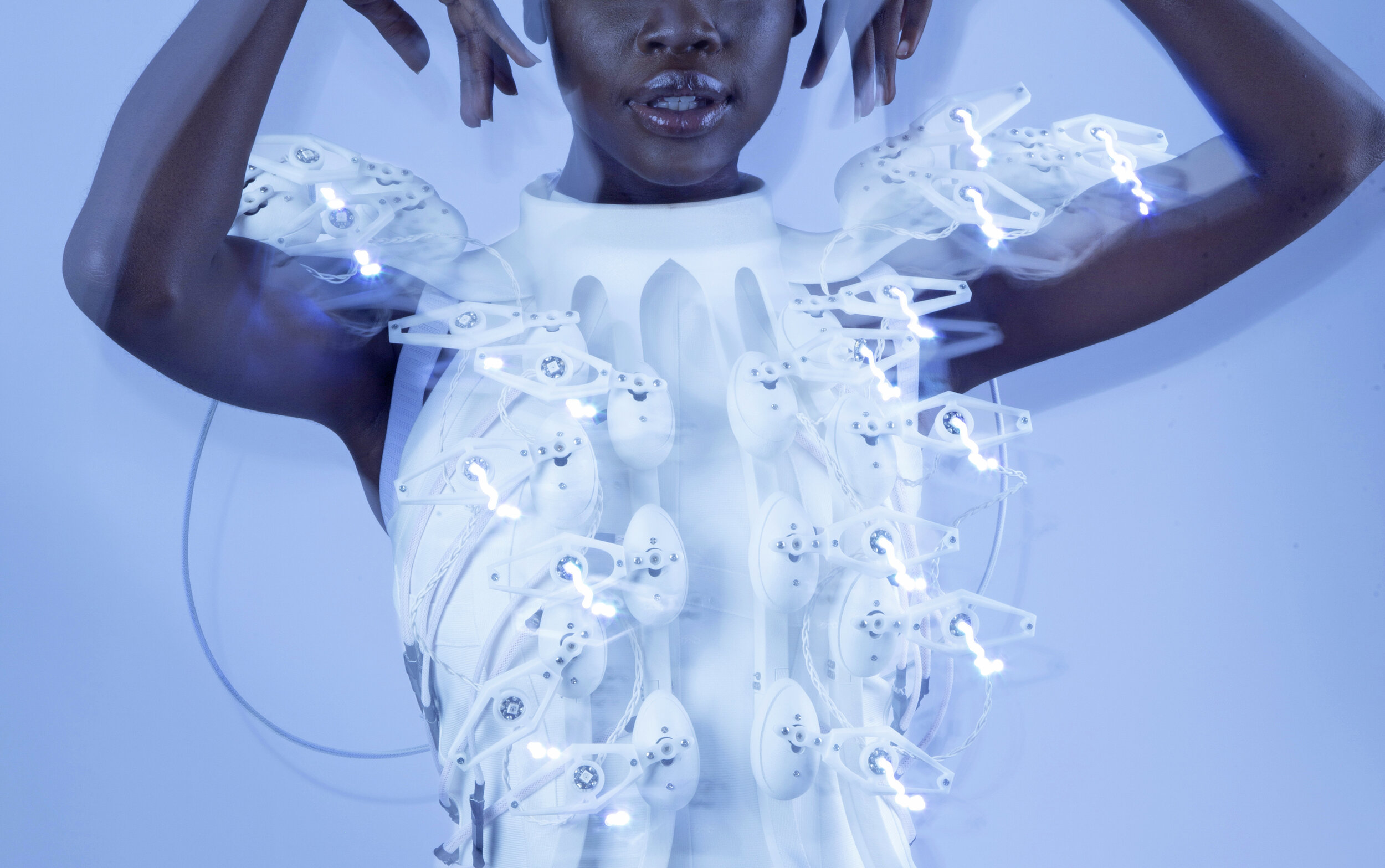
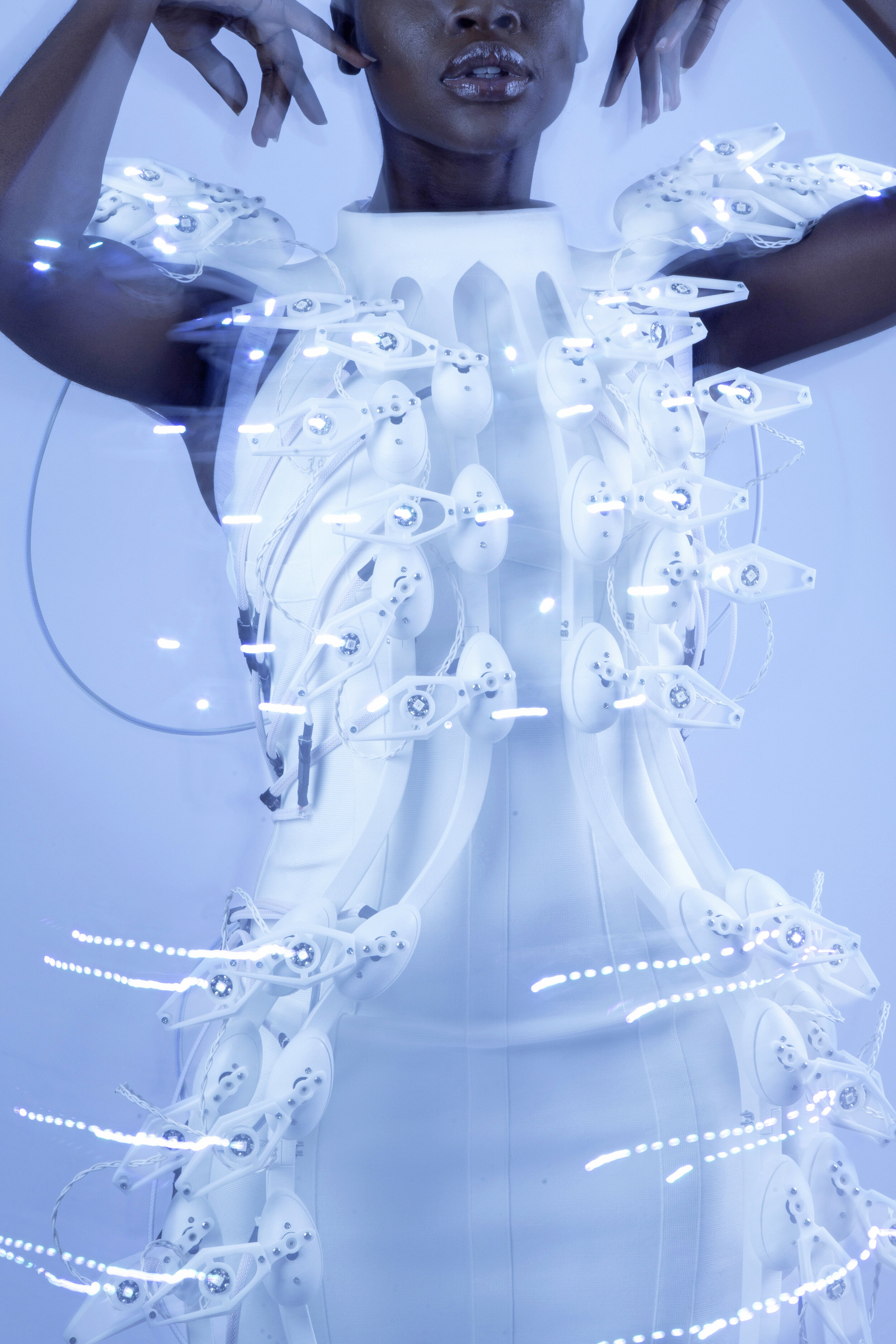
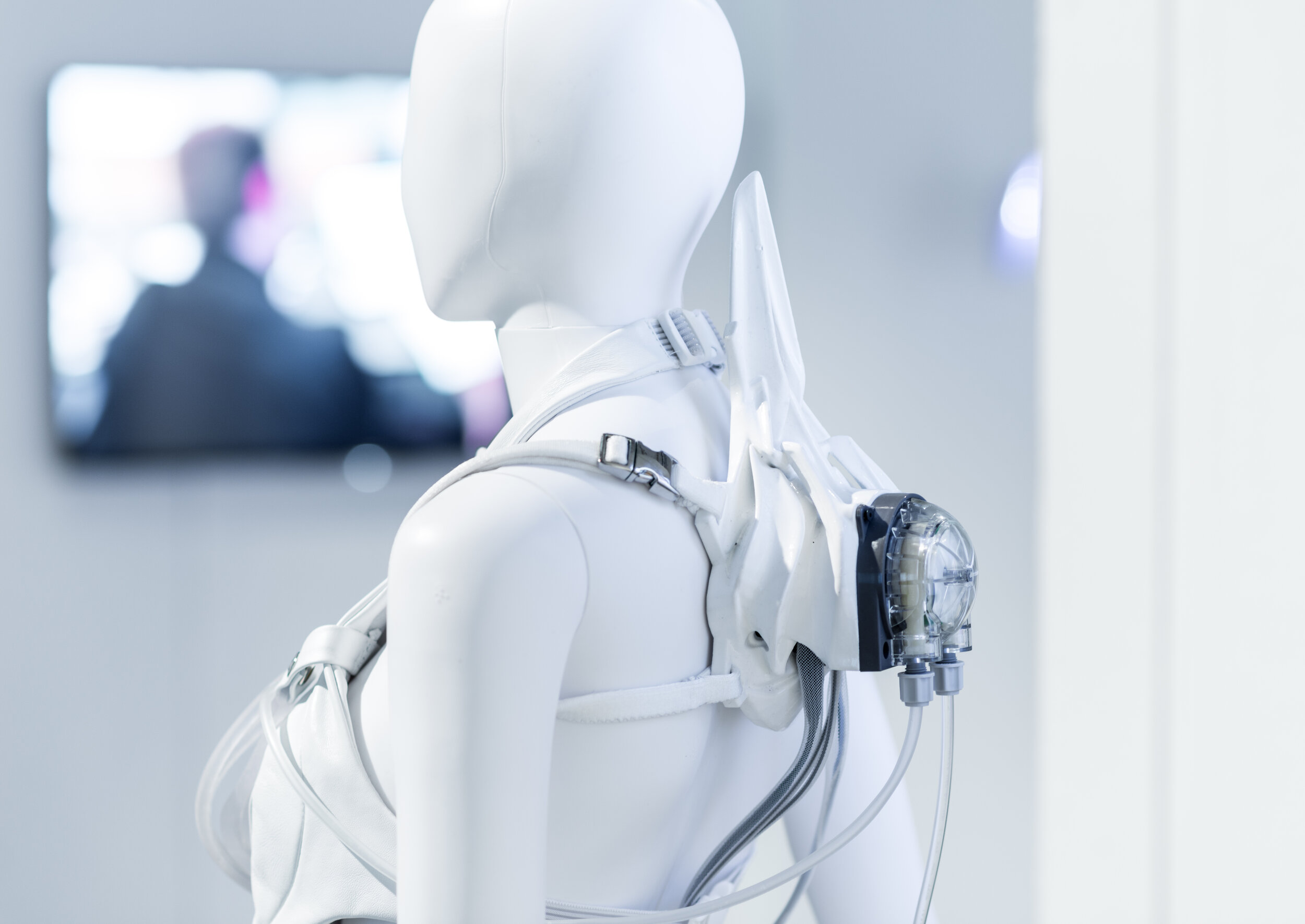
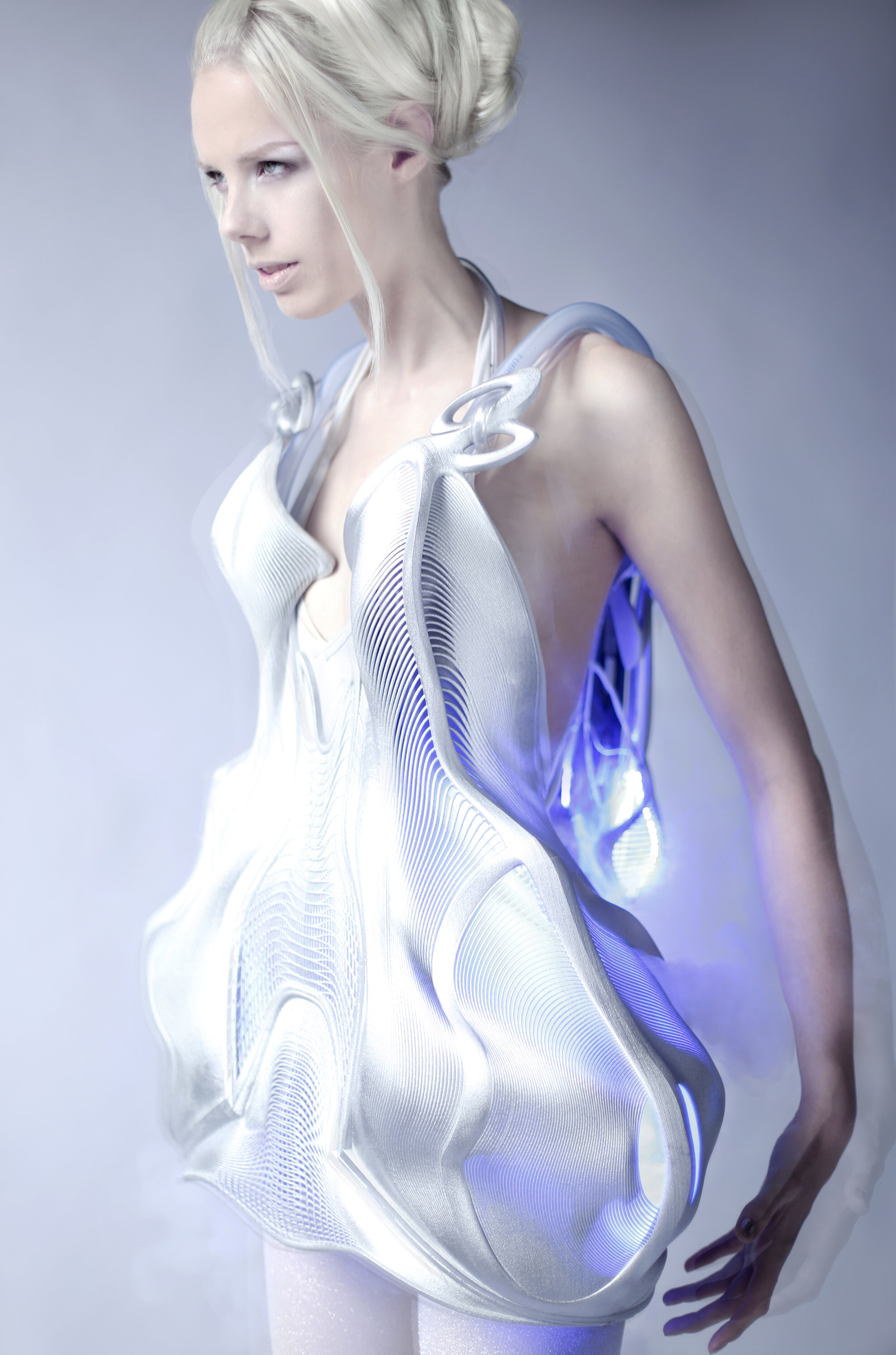
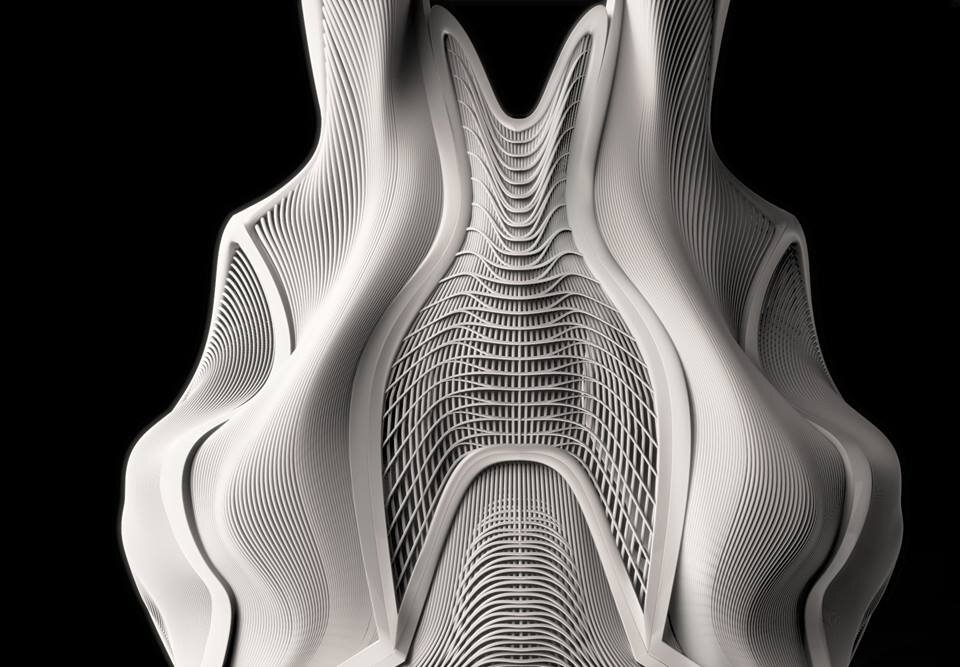
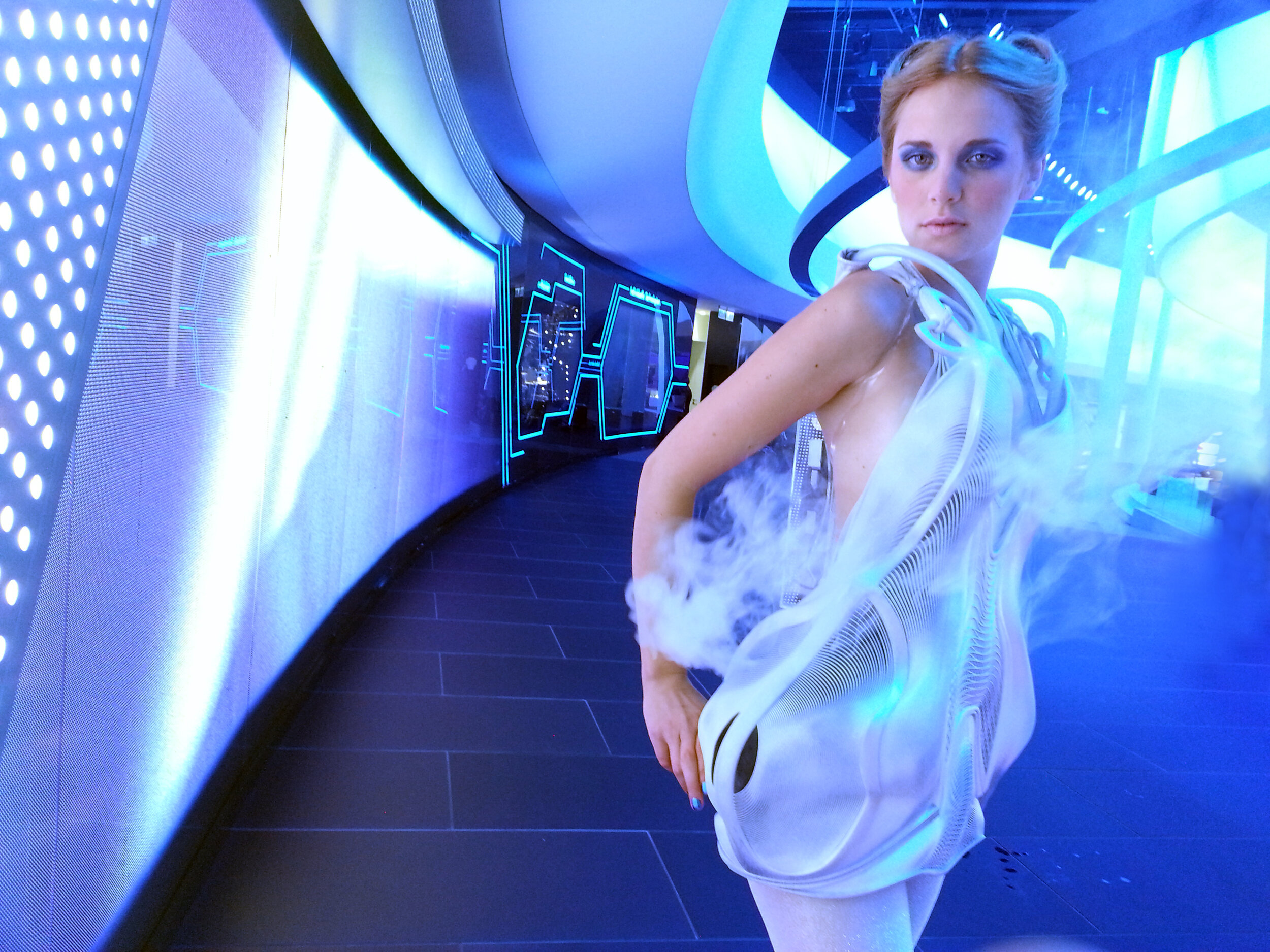
What are your biggest achievements to date?
Hm good question, I guess being able to do what I always dreamed about. And doing it with a community of great minds.
What will be the key trends in these industries in the next 5 years and where do you see it heading?
Design, in general, will become more sensorial; from architecture to product design to what we wear and our accessories and vehicles - everything will be more specified to our needs, even going into more therapeutic realms where the design around us helps us psychologically and physically with certain tasks.
What does the #WomenInTech movement mean to you? What are the challenges of being a designer and a woman in the wearable tech and fashion tech industry?
About creating more space, more female-powered dialogues, and more role models for females in the tech industry. The acceptance of females in tech at the beginning of 2000 was very hard. At high-end robotic and tech conferences that I spoke at people always ask me (and not even jokingly) 'oh are you in marketing?' or 'are you someone's personal assistant?'. Then I talk on stage about all my topics, from computer science to AI and ML or behavioral aspects of robotics, and then you are accounted for as 'one of us' and 'I am sorry about that comment, we don't see too many young females like you in our field'. While - the question never should have been if I am in marketing or someone's PA, the question should have been 'what is your research about', like they would ask any of the other men. I think a part of it is just not knowing how to act in an unexpectant situation, but definitely, there were just not many of 'us' (females in tech) in the early 2000s, if there were more women on stage talking about their research in robotics, these questions wouldn't be relevant anymore. Humans should see other humans as humans doing great stuff. You should separate that from gender. And if that thinking would be stimulated earlier, we wouldn't be in these awkward situations being female right now.
What is the most important piece of advice you can give to all female founders and female entrepreneurs in fashion tech there?
We need more women in tech, more women in higher positions within tech companies, more female founders and female scientists, female innovators, female engineers, female architects, more of everything! A lot of the fields that we move in have not been super equal for a longer time and we need more female perspective in there.
Who are your 3 inspirational women/businesses in tech?
Zaha Hadid is one of my favorite people in architecture, being one of the first women in her respective field, but also having a gorgeous symbiotic style. She sadly passed away a few years ago.
Another is Limor Fried of adafruit.com besides being a brilliant engineer and technologist: she also created a major tech company that designs and resells open-source electronic kits, components, and tools - Limor started the company from her dorm room at MIT and I just love that story.
And I love Michaela Magas, an innovation specialist who was the 2017 European Woman Innovator of the Year; Michaela is super badass in a very disruptive-straight-forward way and also incredibly warm and personable at the same time. I just love her attitude.
There are so many more but these are the first that came to mind.
Website:
Instagram:
This interview was conducted by Marija Butkovic, Digital Marketing and PR strategist, Forbes contributor and founder and CEO of Women of Wearables. She regularly writes and speaks on topics of wearable tech, fashion tech, IoT, entrepreneurship and diversity. Follow Marija on Twitter @MarijaButkovic.


